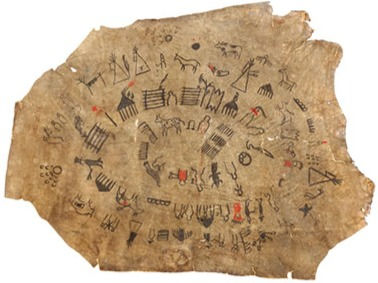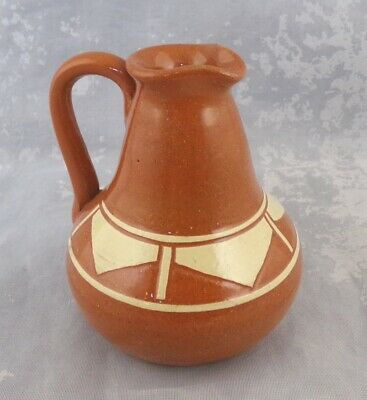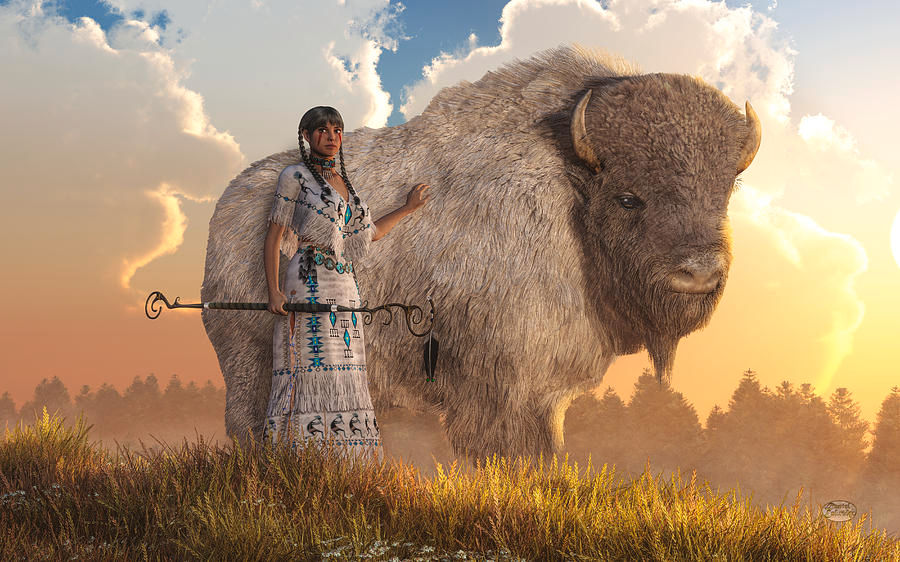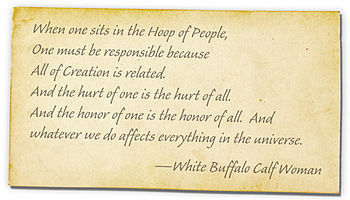

Help us help others
Today we take a break from our cultural series, in order to showcase an important date: Giving Hearts Day. To Donate, go to...
Feb 3, 2022


Spotlight on Culture
People that call this area Home: European cultures and the people that emigrated looking for a better life in a continent across the...
Jan 27, 2022


Spotlight on Culture
People that call this area Home: European cultures and the people that emigrated looking for a better life in a continent across the...
Jan 20, 2022


Spotlight on Culture
People that call this area Home: European cultures and the people that emigrated looking for a better life in a continent across the...
Jan 13, 2022


Spotlight on Culture
People that call this area Home: European cultures and the people that emigrated looking for a better life in a continent across the...
Jan 6, 2022





















































Comments